The 10 Best Open-World Games
August 26, 2021 | 09:13
Companies: #avalanche-studios #bethesda-softworks #cd-projekt #kojima-productions #monolith-productions #rockstar #ubisoft #volition
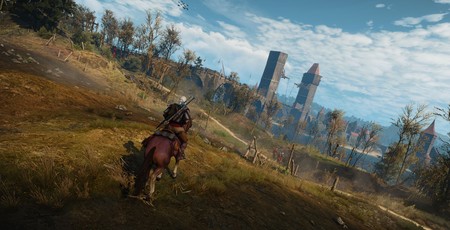
Open-world games have dominated the industry for at least a decade. An offshoot of RPGs, open-world games generally remove the RPG’s emphasis on stats and character-building, putting exploration to the forefront of their experience. They lure players in with vast horizons to chase, the promise of being able to travel to whatever they can see.
The popularity of open world games also shows no sign of waning, with players seemingly craving ever larger and more detailed worlds, and developers going to increasingly extreme lengths to provide them. Yet the key to a great open-world game isn’t size, it’s what the game does with that space, how its sprawling expanse of mountains, deserts, forests, towns and so on opens up possibilities for play, for interesting and unique experiences.
This is what differentiates great open world games from good ones, their potential as a sandbox, rather than the expanse of their landscapes, or the prettiness of their vistas. That’s what I want to focus on in this rundown, celebrating the open world game, the sandbox experience that these massive virtual spaces are designed to create.
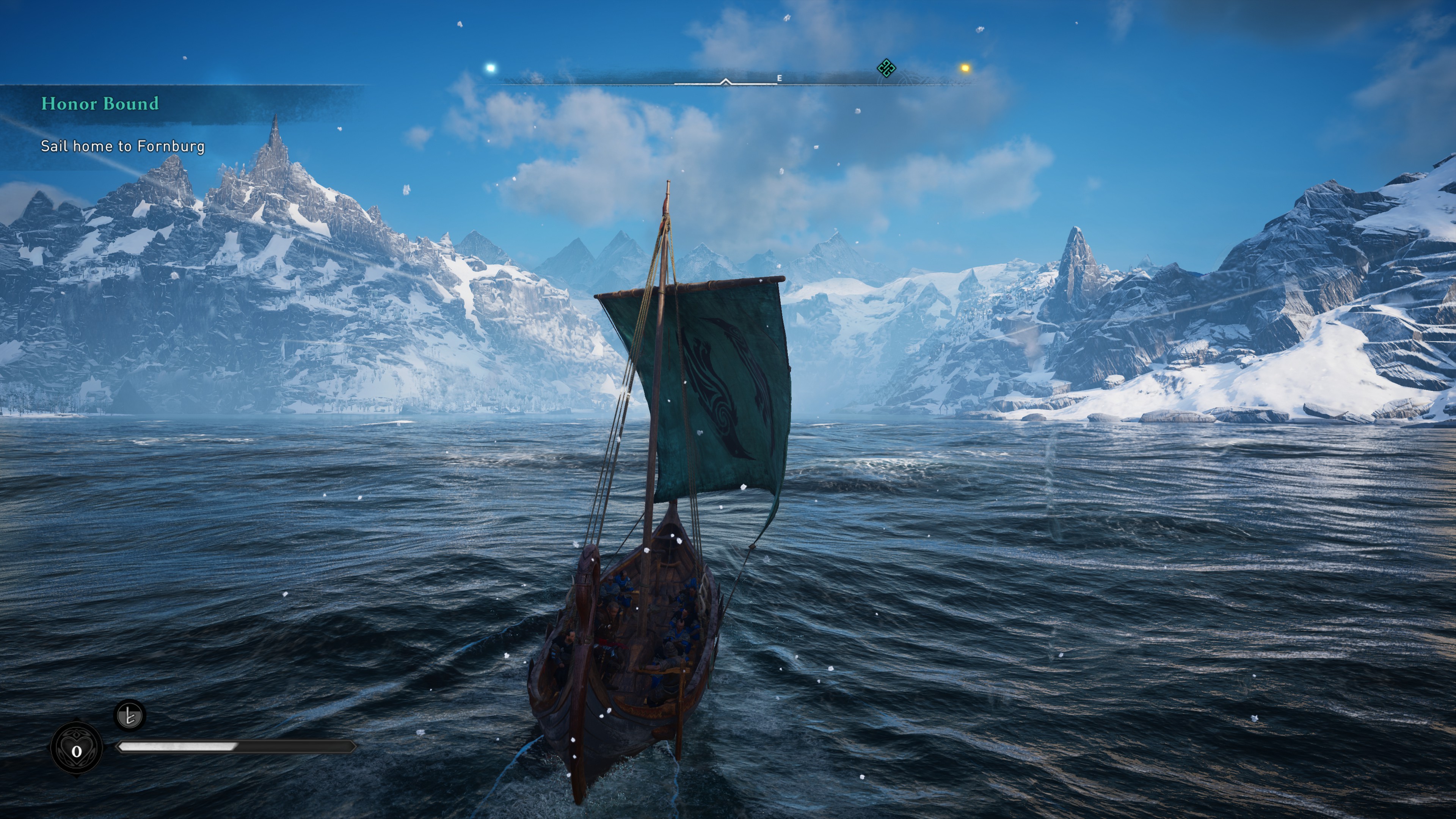
10. Assassin’s Creed Valhalla
Assassin’s Creed Valhalla is the newest and best of the many open-world games Ubisoft has designed. It rectifies much of was wrong with previous entries in the series. It has a story that’s worth caring about. Its settlement system means everything you do in the game has meaning, feeding back into the central experience. It even has a stealth system that works, although considering you play as a Viking, you probably won’t use it that much.
For all that Valhalla does well, however, it still can’t fully escape the trap Ubisoft’s open worlds always fall into. After the success of Far Cry 3, Ubisoft’s games became more centred around icon-chasing, focussing on adding busywork rather than building coherent systems that allow player to approach the game creatively. Despite ballooning in size, the space for emergent play in Ubisoft’s open worlds diminished, and it has never fully recovered.
That said, it’s impossible not to appreciate the effort on show in Valhalla, and it would be churlish not to recognise the many areas where it excels. It’s the best Assassin’s Creed game by far, and more than deserving of a place on this list.
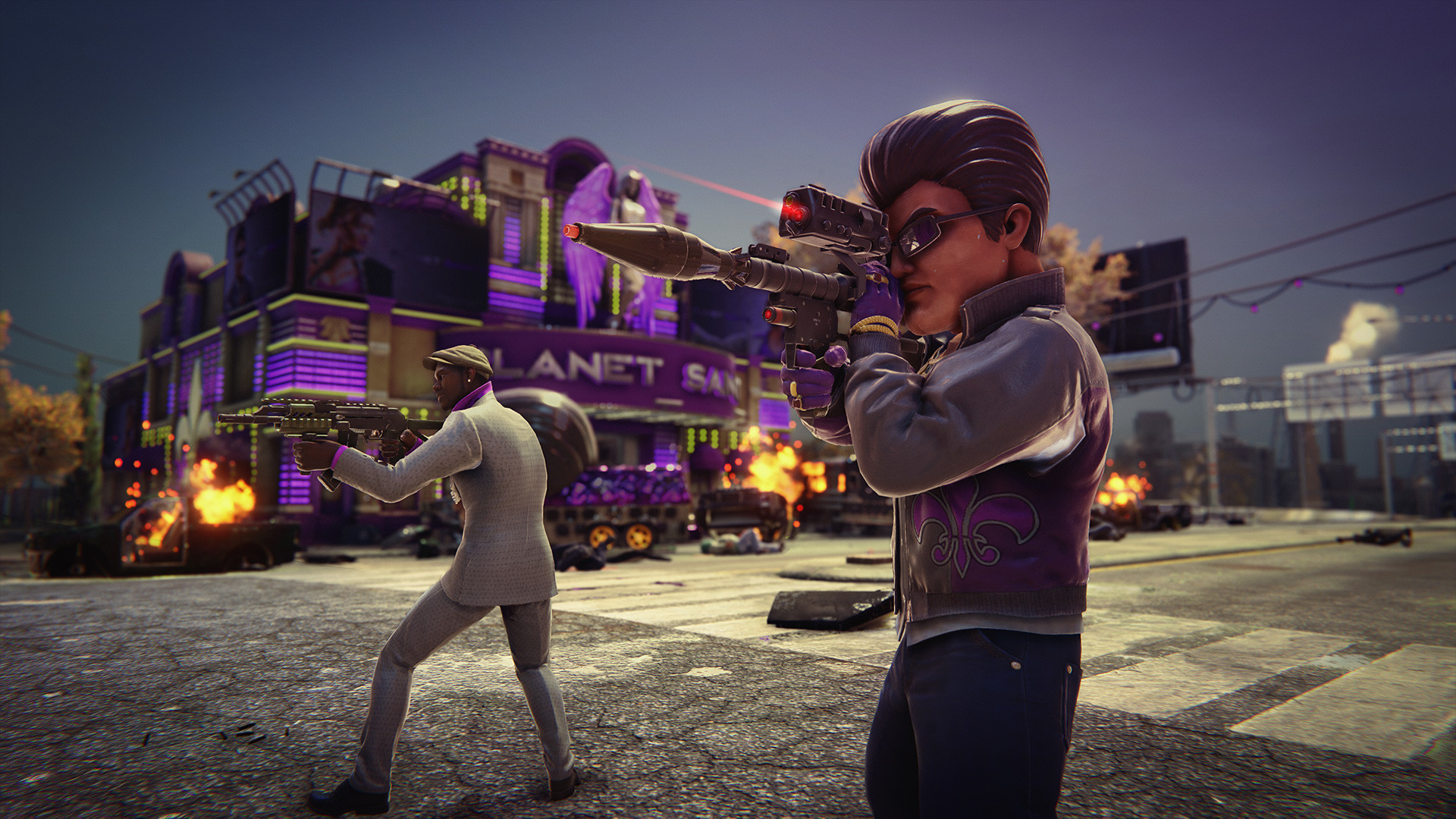
9. Saints Row: The Third
The Saints Row series is often regarded as the goofy cousin to Grand Theft Auto, a good laugh but not a contender for greatness. But I’ve always thought that, from a play perspective, Volition’s criminal capers better understand what makes a great open world game than Rockstar’s blockbuster titles. Where the more recent GTA games tend force a specific experience on you, making you play Rockstar’s way, Saints Row opens up its cupboard of ridiculous toys, and lets you run absolutely wild with them.
Granted, it took a while for the series to reach this point. The first game was entirely forgettable, while the second was a promising concept undermined by bugs the size of buildings. But Saints Row: The Third finally pulled it off, balancing wild-system based play with decent production values and some wonderfully wacky storytelling. I also have a soft spot for the fourth game, which gives you superpowers that further broaden the game’s play-space. But the third game is undoubtedly the high point in the series, and while it may not have the budget or granularity of Rockstar’s Los Santos, it’s a game that genuinely wants you to play with its open world.
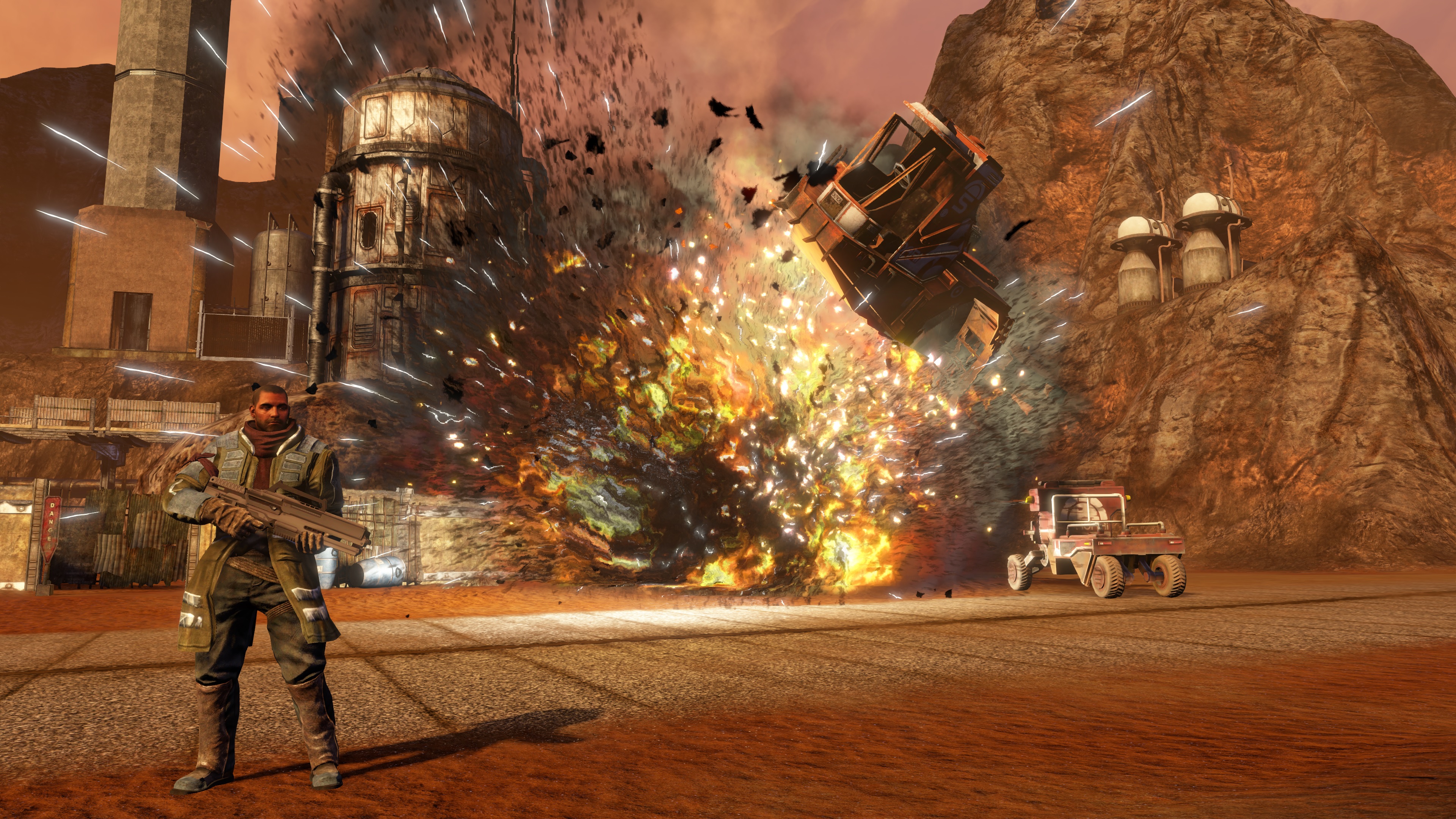
8. Red Faction: Guerrilla
Volition’s other great open world game, Red Faction Guerrilla was a fantastic early demonstration of the sandbox potential of open world. Putting you in the role of a Martian guerrilla fighter, it saw you seeking to overthrow the oppressive Earth Defence Force by, well, destroying every building you could swing your hammer at.
Twelve years since its release, Guerrilla’s destruction tech remains the best in the business. The ability to not simply destroy buildings, but do so methodically, finding structural weak-points and placing demolition charges in exactly the right places for seamless demolition, still hasn’t been bettered.
More important, however, is how Guerrilla uses its destruction tech to create an immersive and dynamic play-space. Tactically blowing up bridges to stop enemy vehicles, dropping an entire building on an enemy’s head, it’s a perfect template for sandbox gaming. It’s not the prettiest sandbox or the most scintillatingly written. But who needs good looks and charm when you’ve got a big hammer and a pocket full of C4?
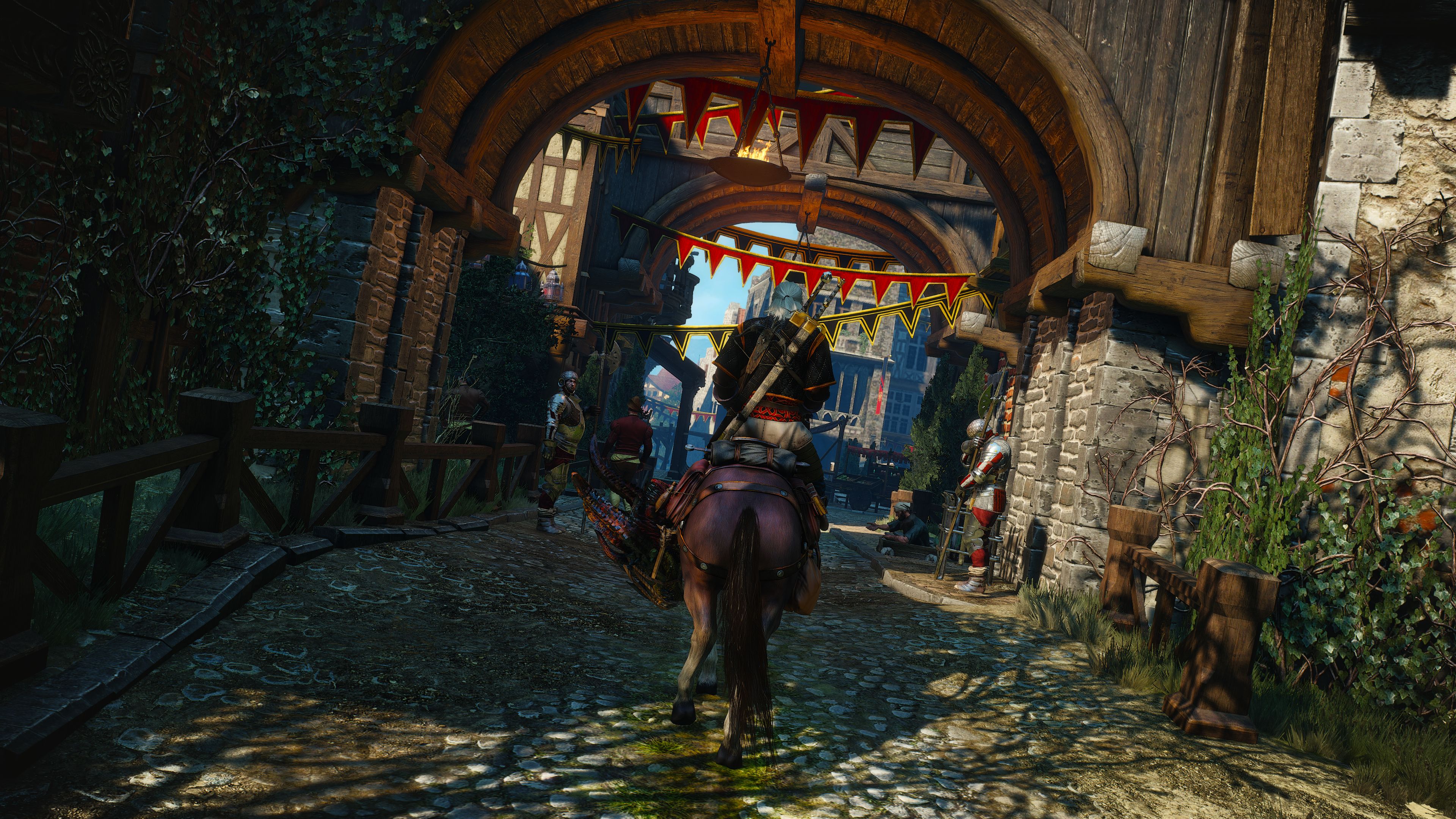
7. The Witcher 3: Wild Hunt
Some of you may be shocked to see CD Projekt’s masterpiece ranked seventh on this list. To be clear, I think The Witcher 3 is a fantastic RPG, featuring some of the best storytelling in the entire medium. But as an open-world design, The Witcher 3 is fairly conservative, while the possibility space of its sandbox is limited. Nearly all the game’s dynamism derives from its narrative tree, and outside of combat there isn’t a lot going on at a systems level.
So yes, it’s not the most dynamic open world, but the storytelling and quest design is so strong that, for the most part, you won’t really notice the game’s mechanical shortcomings. Moreover, the visual design is a cut above almost every other open world game around. Beyond being beautiful, The Witcher 3 presents us with a world that truly feels wild. Its fantasy landscapes oozes eeriness, where you feel the folklore lurking behind every woodland thicket. Meanwhile, its capital city of Novigrad is a triumph of virtual architecture.
Ultimately, The Witcher 3 is a Geralt simulator. Every aspect of its design, from its art to its script, is focussed upon pushing you to inhabit its central character. This curtails some of the possibilities of its open world, but it’s also what makes it such a world-beating role-playing game.

MSI MPG Velox 100R Chassis Review
October 14 2021 | 15:04





Want to comment? Please log in.